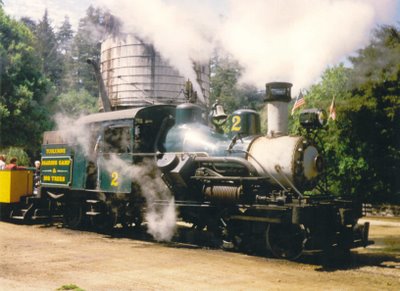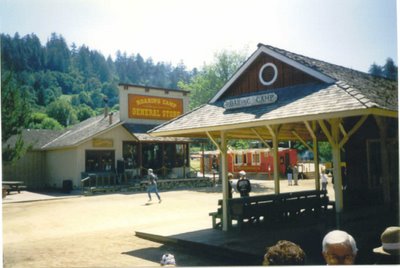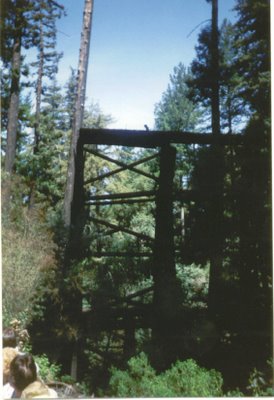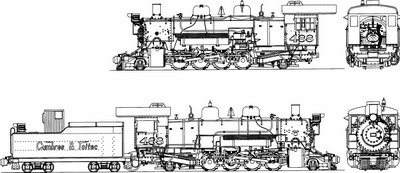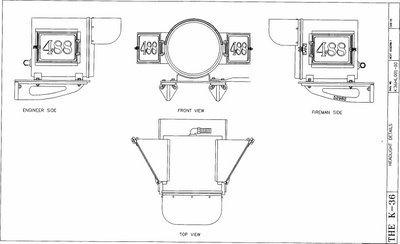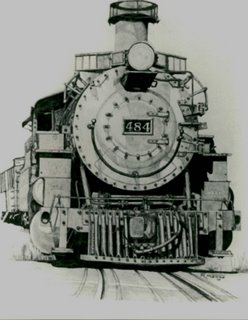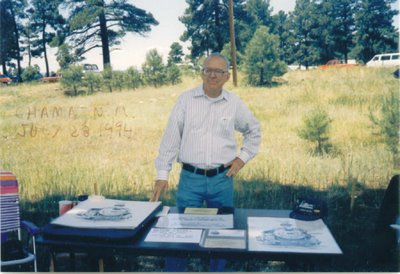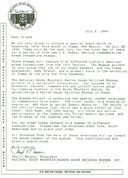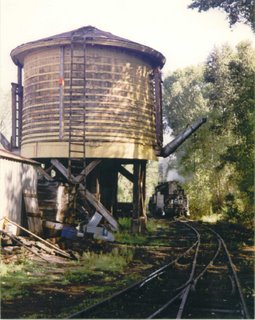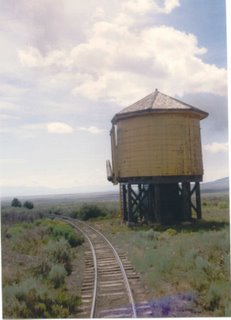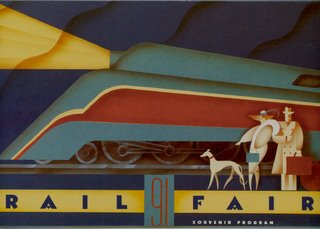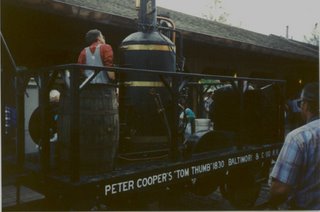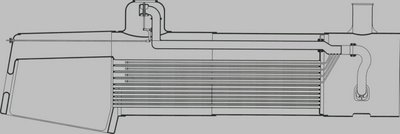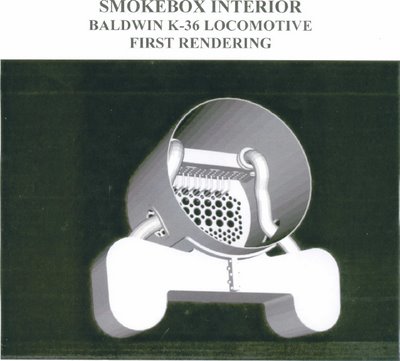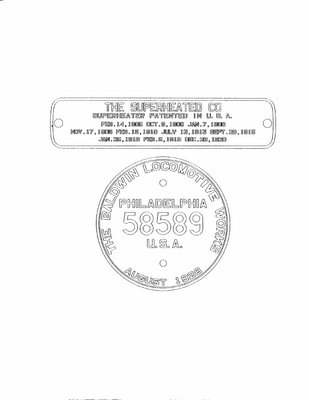America's railroads, over the years, have built some astounding bridges and trestles in the process of getting from point A to point B. Some were built to last a thousand years, but others were spindly, rickity, temporary things that often collapsed, killing many folks on the process.
Just look at this one... it amazes me that people had the internal fortitude to even walk out on something like this, much less ride in a train consist weighing many tons. It's at least built of steel, so the chances of getting across alive was probably pretty good.
.
 This post card was unused, so I have no date to give you as to when it was purchased.
This post card was unused, so I have no date to give you as to when it was purchased.Look at this one. I'll bet a lot of railroad buffs will think this is a view of the famous AT&SF bridge across Canyon Diablo, but it isn't. It's a bridge of similar construction called "The Great Trestle" near Clinton, Mass., a short distance downriver from the Metropolitian Dam. It was built by the Central Massachusetts RR.
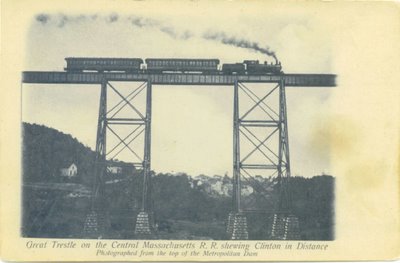
I like the below card for several reasons. I've been there, it's been postmarked, it actually has a covered wagon traveling under it, and most of all, it has a message to "Dear Data". And here I thought that Data never left the USS Enterprise.

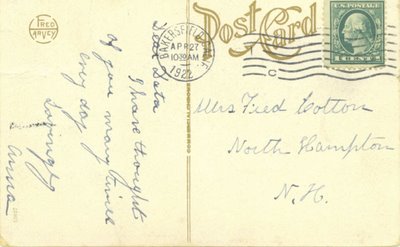 See? It actually says "Dear Data".
See? It actually says "Dear Data".You'd think that out in the middle of nowhere there would be more than room enough so stacking bridges would not be necessary, but nooooo.... here's proof positive the exact opposite is the case.
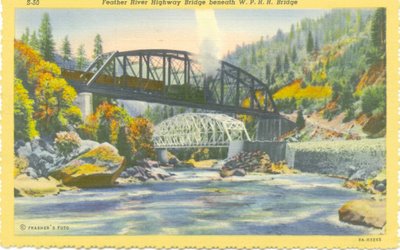
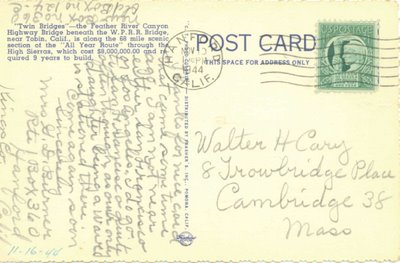 It's a fairly recent card, dated 1944.
It's a fairly recent card, dated 1944.Somebody certainly overlooked something when they built this one: "It just don' rain that much round heah..."
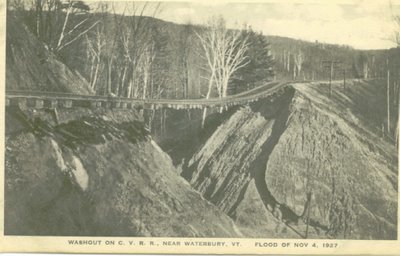 Bet you some of the locals at the time were daring each other to walk across the remains.
Bet you some of the locals at the time were daring each other to walk across the remains.Bridge? What bridge? Must of been a day to remember...
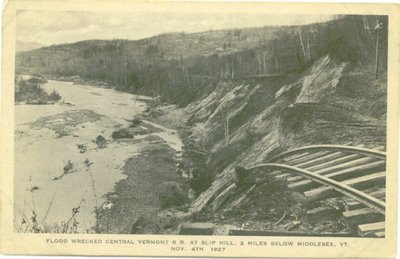
I have stacks of postcards of bridges. It is difficult just to pick a few out. I also (re)discovered that I have postcards of stations, many long gone, cards showing the devastation caused by bombing in WW1, quite a few cards of the San Francisco fire, and other disasters around the world.
I'll pick out a few and post them... Eventually.

